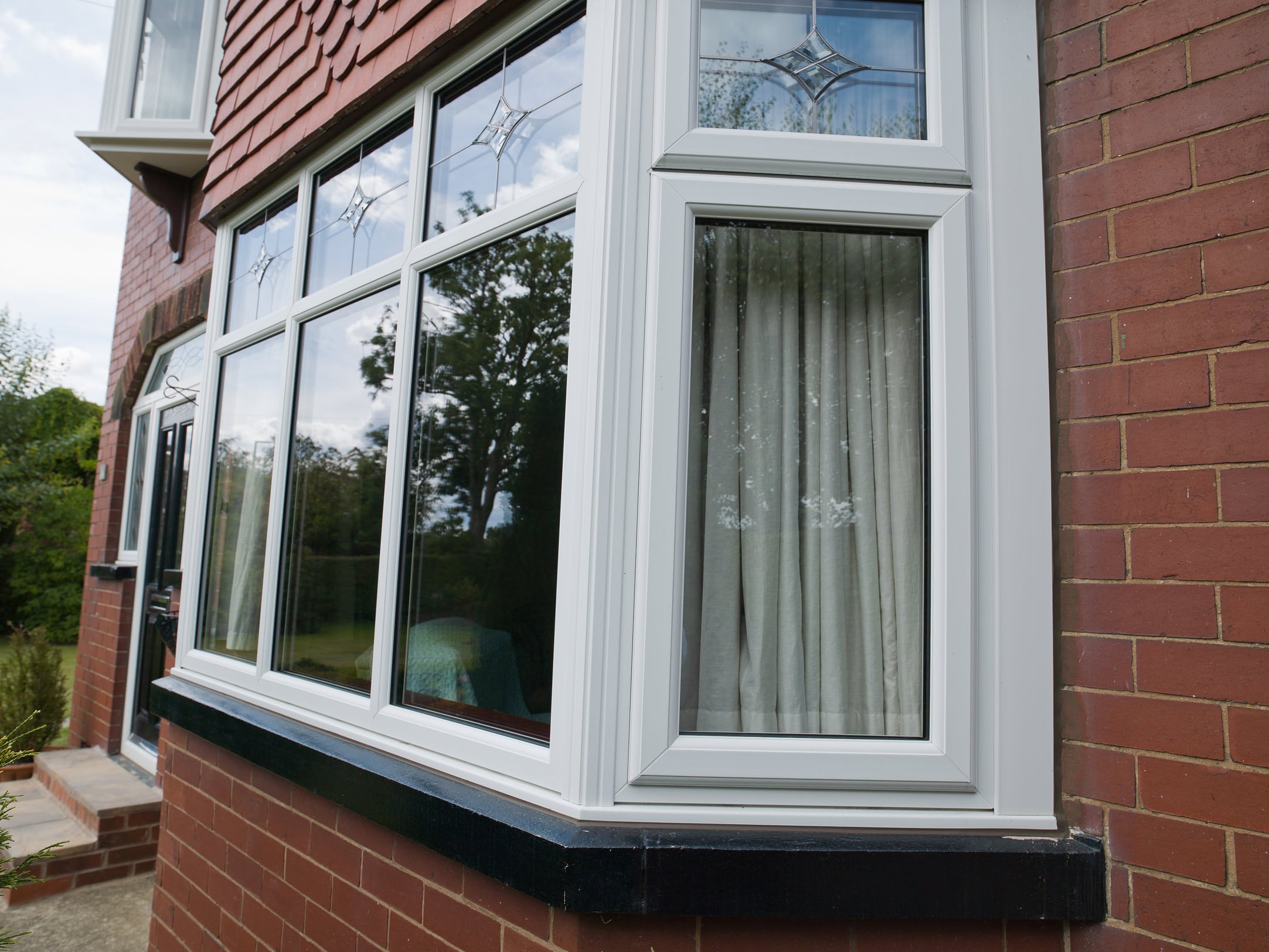
Unplasticized polyvinyl chloride, sometimes known as uPVC, is a sturdy, low-maintenance, yet lightweight plastic building material.
Because of its various advantages, such as having great resistance to chemicals, sunshine, and water oxidation, it became more and more popular in the home improvement sector as a substitute for painted timber.
It is particularly appropriate for double-glazed windows and doors due to its cost and ease of maintenance. Additionally, roofing goods like fascias, guttering, and downpipes can be made of uPVC. Although uPVC is often referred to as PVC and PVCu, they all refer to the same type of plastic building material.
1. Customisable Typically, white is the most common color for uPVC windows, doors, and external fascias. However, improvements in the production process have allowed homeowners to choose from a variety of customizable forms, designs, and imitation effects, such as wood grain, in addition to color.
Windows and doors will fit precisely into your home or property thanks to the ability of installation companies and manufacturers to customize uPVC goods to your exact specifications.
2. Security Any window or door installation must take into account the security of a building or residence. This is why uPVC outperforms expectations with a super-lightweight yet durable frame that, when combined with a variety of locking mechanisms and a double-glazed pane of glass, will keep intruders out.
3.Insulation Everyone considers energy efficiency when purchasing new windows and doors, and the material selection will affect your home's warmth and window energy rating. Due to its low thermal conductivity, uPVC will provide a closed air system when installed properly, reducing the amount of heat loss experienced by non-insulating materials.
4. Low Maintenance Unlike natural materials, which need regular sanding, varnishing, and repainting, uPVC requires little upkeep. The only maintenance required for uPVC windows and doors is a wipe down clean with soapy water to prevent discoloration and remove grime or filth. These products can last for decades without showing any signs of deterioration.
5. Durability Because of the material's exceptional durability, the frames can withstand the worst weather and are resistant to decay and corrosion, which is particularly helpful for homes near the sea where high salt content can be an issue. Additionally shielded from ultraviolet (UV) radiation, the uPVC coating prevents the material from deteriorating even after prolonged sun exposure.
6. Ventilation uPVC windows offer an excellent airflow into a room and a variety of window design configurations for an efficient ventilation system. The "tilt and turn" window structure, which consists of two windows that can open in opposite directions to provide draft-free ventilation, is an efficient window design.
When the window is fully opened, it can swiftly ventilate an entire room, which is ideal for cleaning or refreshing, while tilting it inwards allows hot air to escape through the top and side holes.
7. Eco-Friendly uPVC windows have an average lifespan of 40 to 80 years and are built with primarily recyclable components to have a short-term environmental impact.
To ensure they are recycled and the materials may be utilized in other goods like pipes, plumbing fittings, and more, when replacing old uPVC windows and doors, ask your installer how they will be disposed of.
8. Weather Resistant The majority of exterior building materials typically have problems with weathering. Since uPVC windows and doors are unaffected by weather, water, or air reactions, they last longer without aging.
While uPVC can withstand the elements and needs less upkeep than naturally occurring counterpart materials like wood, we advise routine maintenance of any outdoor uPVC installations, including soffits and facets, to ensure their lifetime.
9. Soundproofing The double-glazed window panels and the uPVC material work together to reduce the amount of noise that can enter your home. Most uPVC windows and doors should be up to 50% quieter than their conventional equivalents.
10. Fire retardant According to the construction code, units and frames for windows and doors must be made of fire-resistant materials to prevent the spread of fire from the outside. The construction codes also stipulate that uPVC must follow the fire safety protocol, which means that it must maintain the main escape route available for 30 minutes in the event of a fire.